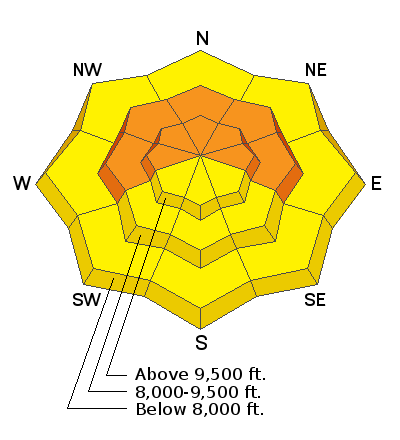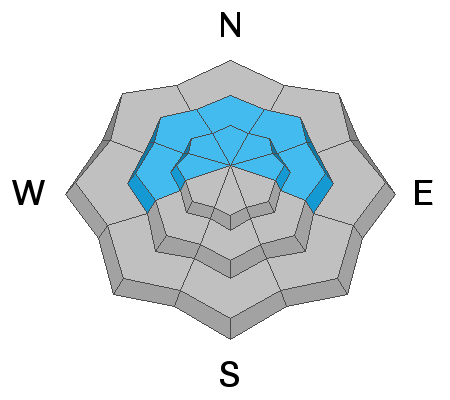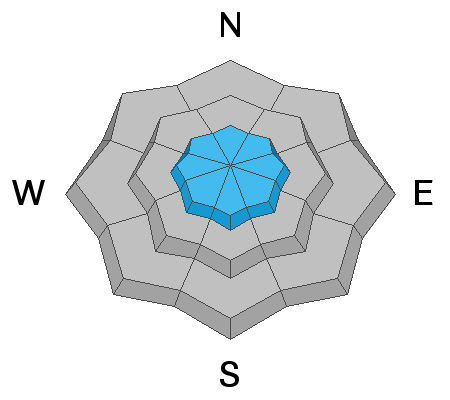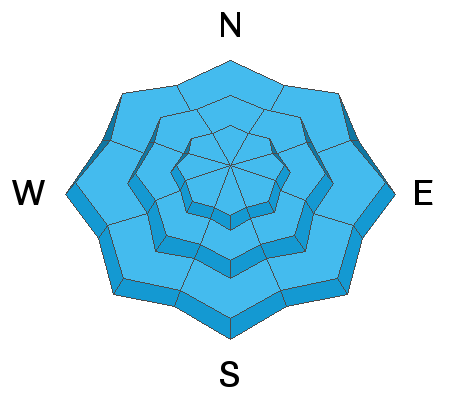Forecast for the Provo Area Mountains

Issued by Trent Meisenheimer on
Tuesday morning, March 8, 2022
Tuesday morning, March 8, 2022
There is a CONSIDERABLE danger on steep west to north to east-facing aspects at the mid and upper elevations where you are likely to trigger an avalanche 1-3' deep failing on a buried persistent weak layer of faceted snow. Natural avalanches are possible today.
There is a MODERATE danger on all other aspects. This involves fast and long-running sluffs in the new snow as well as pockets of fresh wind drifts across the upper elevations.

Low
Moderate
Considerable
High
Extreme
Learn how to read the forecast here









